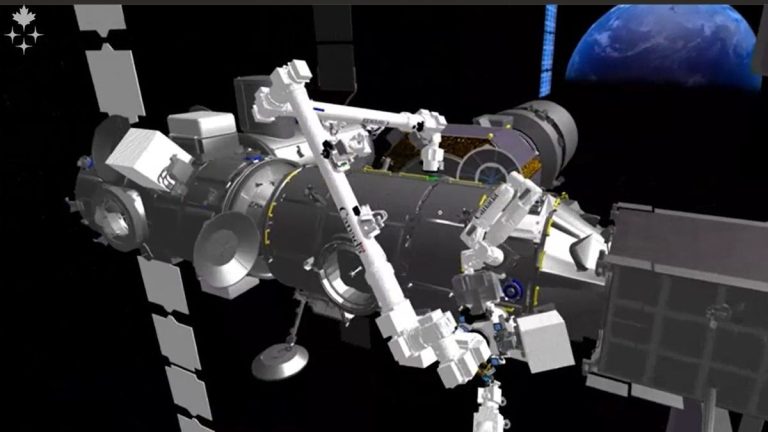The Canadian Space Agency (CSA) gave a peek into the future of space exploration with a media day showcasing virtual reality (VR) technology. The technology, designed to simulate a spacewalk around NASA's Gateway station orbiting the moon, was demonstrated to participants, including untrained astronauts, through the Meta Quest VR headset. The VR experience is realistic and highly detailed, and is being made with astronaut training in mind.
Virtual Reality Technology: A New Era of Astronaut Training
VR technology provides a detailed and realistic simulation of the lunar environment, providing the sensation of walking on the moon. The experiment was part of the Canadian Space Agency's promotion of Artemis 2, an upcoming mission to the moon scheduled for 2025, led by astronaut Jeremy Hansen. Virtual reality technology It is evolving into an integral part of astronaut training, allowing astronauts to become familiar with the lunar environment before actual expeditions.
Canadarm3: Canada's contribution to space exploration
At the heart of the Artemis 2 mission is Canadarm3, the third generation of Canada's popular space robotic arms. Canadarm3's manufacturer, MDA, aims to have it operational at Gateway Station by 2028 in support of NASA's Artemis program to explore the moon. This new iteration of the arm, equipped with artificial intelligence, will consist of a main arm for large tasks and a smaller, detachable arm for finer work. Additionally, you'll come with a “backpack” to carry equipment and experiments.
Blending virtual reality training and real world experience
Ken Podwalski, executive director of the Canadian Space Agency's Lunar Gateway Program, stressed the importance of combining virtual reality training with real-world experience to finalize the Canadarm3 design. Use Canadarm3 It would effectively manage tasks in space, thus reducing the demand on astronauts' time for experiments and repairs. Thus, CSA's endeavors in virtual reality technology and the development of Canadarm3 underscore Canada's commitment to assisting NASA's upcoming mission to the moon and shaping the future of space exploration.

